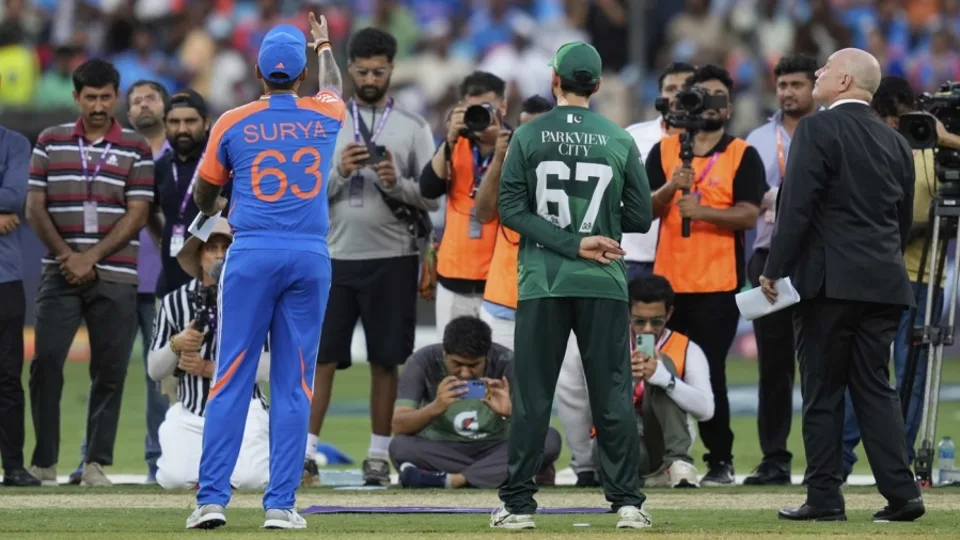
Round 2 of India-Pakistan could see off-field issues put behind as Pakistan could take a few encouraging signs from the Oman game.
Do you recall the Asia Cup in 1986? Because they didn’t want to go to Sri Lanka, the one without India? Or the Asia Cup in 1990–91? The one that did not include Pakistan since they were opposed to India?
Given the two sides of this coin and its value, we instead have an Asia Cup in which India will play Pakistan for the second time in a week, with a third meeting potentially in the following week. This Asia Cup could have been one of those Asia Cups. However, just to let us know that things aren’t regular, one team doesn’t like the match referee, and handshakes are forbidden for them.
From a cricket perspective, Sunday’s Super Fours match might be quite intriguing if all of that can be set aside. If Pakistan watched that match, they would have noticed some positive signals. India will return to action less than 48 hours after their match against Oman.
Shah Faisal, a bowler with a left-arm swing, dismissed Shubman Gill with his third ball and continued to beat Sanju Samson’s bat after that. A left-arm swing bowler with the name Shah is part of Pakistan’s lineup.
India’s batters at times found it difficult to move fluidly on a ball that lacked much pace.
Only four Oman wickets were taken by India.
Naturally, all of this occurred when India rested Varun Chakravarthy and Jasprit Bumrah and got five overs from their sixth, seventh, and eighth bowlers combined, and when Suryakumar Yadav did not bat despite his team losing eight wickets. India easily defeated Oman despite playing in full experimental mode.
Pakistan is aware of all of this and is aware that India is the clear favourite at first. However, the Super Fours are essentially a brand-new competition, with both teams starting from scratch. Even if this India lineup is incredibly strong and deep, under circumstances that usually result in lower totals, the difference between it and less fearsome lineups gets smaller.
One could even argue that by choosing to bat first in conditions that have tended to favour chasing, Pakistan made things more difficult for themselves in the match on Sunday.
Considering all of that, even though recent history hasn’t given us much reason to believe it, this India-Pakistan encounter may yet be one that we remember for cricketing reasons years from now.

